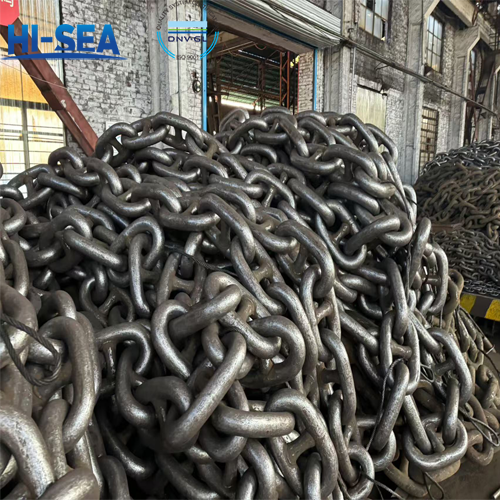
What is Marine Butterfly Valve?
Overview
Working Principle
Marine Butterfly valves have smaller structural length and overall height, faster opening and closing speeds, and good fluid control characteristics. The structural principle of butterfly valve is most suitable for making large diameter valves. When the butterfly valve is required to be used for flow control, the most important thing is to correctly select the specification and type of butterfly valve so that it can work properly and effectively.
Usually, in throttling, regulating control and slurry media, the requirements of the structure of short length, fast opening and closing speed, low-pressure cut-off (small differential pressure), the recommended choice of butterfly valve. In the two-position adjustment, reduced channel, low noise, cavitation and vapour phenomenon, a small amount of leakage to the atmosphere, with abrasive media, butterfly valves can be selected. Throttling adjustment in special working conditions, or the requirements of strict sealing, severe wear and tear, low temperature (deep cold) and other working conditions.
Main Structure
The main components of a butterfly valve are the valve body, stem and disc. The valve body is a disc shaped structure with a hollow channel inside through which the fluid flows. The stem is the part that connects the valve body to the manual or automatic control device and is used to rotate the valve body. The disc is a disc-shaped part fixed to the stem, and its rotation modifies the The disc is a disc-shaped part fixed to the stem, whose rotation changes the opening of the valve body channel.
.jpg)
.jpg)
Images of Butterfly Valve
.jpg)

.jpg)
.jpg)
.jpg)
.jpg)



